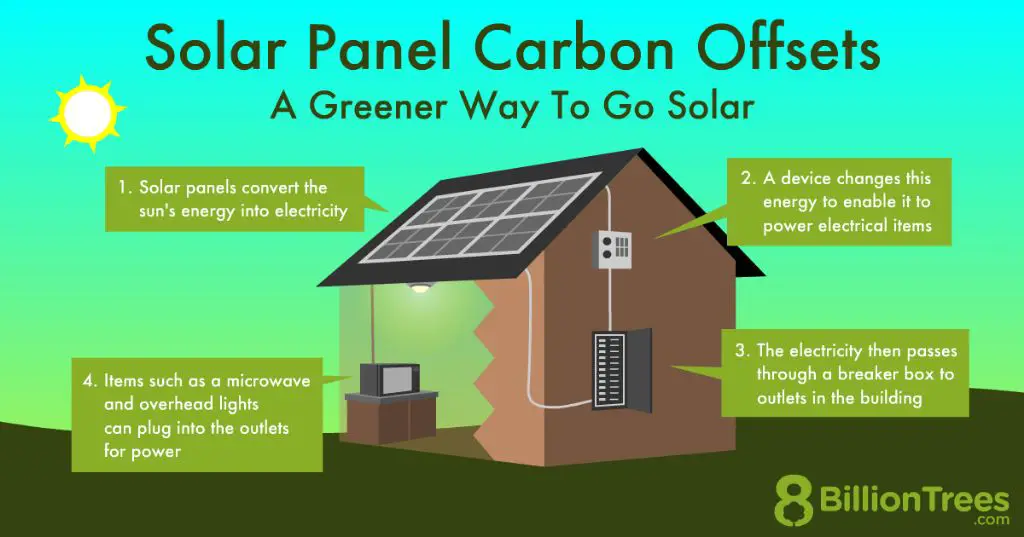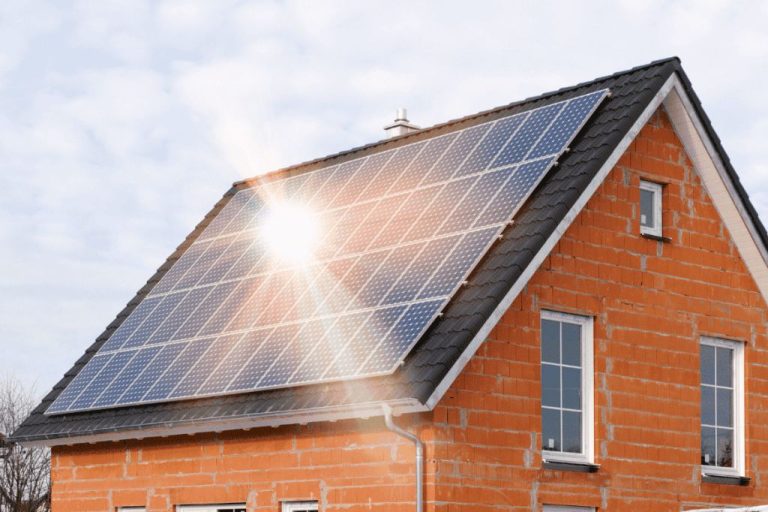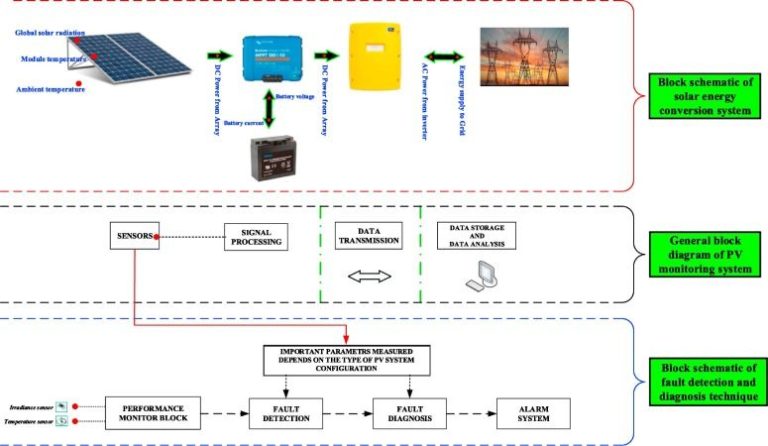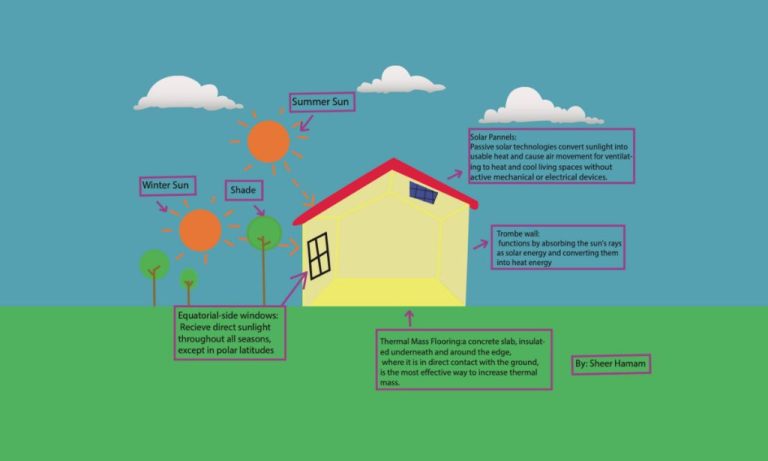Is Solar Energy The Most Sustainable Energy Source?
As the world moves towards a more sustainable energy future, solar energy has emerged as a promising renewable energy source with key sustainability benefits. Solar power harnesses the sun’s rays to generate electricity or heat, without emitting any greenhouse gases or air pollutants. However, there are still major questions around solar’s long-term sustainability compared to other renewables when weighing environmental, economic, and social factors. This article examines the complex question: is solar energy truly the most sustainable energy source?
Definition of Sustainability
Sustainability is most commonly defined as meeting the needs of the present without compromising the ability of future generations to meet their needs. It has three main pillars – environmental, economic, and social sustainability.
Environmental sustainability involves responsibly interacting with the planet to maintain natural resources and not damage ecosystems. This includes reducing pollution, protecting biodiversity, and mitigating climate change. Some key principles are using renewable energy, reducing waste, and promoting conservation.
Economic sustainability requires responsible consumption and production. It means generating prosperity for people without excessive use of resources or harming communities. Some key principles are fair trade, corporate social responsibility, and creating circular economies.
Social sustainability refers to communities, human rights, labor rights and equity between genders. It means creating an equitable society for all. Some key principles are access to education, healthcare, gender equality and cultural diversity.

Overall, sustainability is about balancing environmental health, economic prosperity and social wellbeing to protect the planet and create an equitable world for all people, now and in the future.
Solar Energy Overview
Solar energy is harnessed by capturing photons from sunlight and converting them into electricity via photovoltaic solar panels. This energy can be used to power homes, businesses, and the electric grid. The use of solar power has grown exponentially in recent years as costs have declined dramatically.
Since 2000, solar installation costs have dropped by over 70%, from around $7 per watt to under $2 per watt today (https://www.nrel.gov/news/program/2021/documenting-a-decade-of-cost-declines-for-pv-systems.html). This cost reduction has been driven by improvements in solar panel efficiency and manufacturing processes. The average efficiency of solar panels has risen from around 12% to over 19% during this period.
As a result of these improvements, solar energy capacity in the US has grown by over 30 times in the last decade, from 1.2 gigawatts in 2010 to over 40 gigawatts today. This rapid growth is expected to continue as solar reaches grid parity and becomes cost competitive with fossil fuels. Projections indicate that solar could provide 20% of US electricity by 2030.
The plummeting prices of solar panels, combined with incentives and favorable policies, have allowed solar power to go from a niche product to a rapidly expanding renewable energy source.
Environmental Sustainability
Solar energy has significant environmental benefits compared to fossil fuels. According to Dynamicslr, solar power helps reduce GHG emissions and environmental pollution. Solar panels do not emit greenhouse gases or air pollutants during operation. Widespread use of solar could reduce reliance on fossil fuels like coal and natural gas, resulting in lower emissions of sulfur dioxide, nitrogen oxides, particulates, mercury, and other pollutants that contribute to smog, acid rain, respiratory illness, and climate change.
In addition, solar energy requires very little water to produce electricity. As noted by Olson Solar Energy, solar PV systems do not require water to generate electricity, unlike fossil fuel power plants which can consume billions of gallons of water per year. This helps conserve water, especially in arid regions. Solar farms and rooftop solar arrays also have a negligible impact on the local habitat and ecosystems compared to other energy sources.
Overall, solar provides significant environmental advantages by reducing air and water pollution, minimizing habitat disturbance, and lowering greenhouse gas emissions compared to fossil fuel-based power generation.
Economic Sustainability
Solar energy creates jobs and contributes to local economies. The solar industry employed over 250,000 Americans in 2021, with most of these jobs being well-paying and unable to be outsourced (BLS). The number of solar jobs increased by 7% from 2020 to 2021 as the industry continues to grow. Most solar jobs are centered around installation, sales, project development, and operations and maintenance (Solar Reviews). However, the quality of some of these jobs, especially installation, needs improvement through unionization and better pay and benefits (Inside Climate News).
In terms of costs, solar power costs have dropped dramatically in the last decade, leading it to be cost competitive with fossil fuels. The average cost of solar fell from $359 per MWh in 2009 to $37 per MWh in 2021 (Lazard). As solar scales up, prices should continue to fall due to economies of scale and technology improvements. Lower solar costs reduce electricity prices overall as solar penetrates the energy mix.
Overall, solar energy creates domestic jobs not susceptible to outsourcing while also reducing electricity costs through rapidly falling prices. More work is needed to improve job quality and wages in the solar industry through unionization.
Social Sustainability
Solar energy has the potential to provide widespread access to electricity, which can lift communities out of poverty. According to a Penn State University study, 85% of respondents believe climate change is an important issue and support transitioning to renewable energy sources like solar (https://sites.psu.edu/guptoncivicissues/). However, the rapid growth of the solar industry could displace workers in fossil fuel industries. One solution is to provide job training programs to help transition fossil fuel workers into solar jobs.
Widespread access to solar energy could provide electricity to remote communities without power grids in developing countries. Solar microgrids and rooftop solar panels provide clean, renewable electricity that empowers communities through economic development and improvements in health, education, and quality of life. With falling prices, solar energy has become more affordable and accessible worldwide.
Public opinion polls show most people support transitioning to renewable energy to address climate change. But there are still concerns about costs, reliability of solar energy, and potential job losses in the fossil fuel industry. More education is needed on the falling prices of solar, energy storage improvements for 24/7 solar power, and programs to retrain displaced workers (https://sites.psu.edu/guptoncivicissues/2017/03/24/wind-energy/).
Challenges of Solar
Despite the many benefits, solar energy faces some key challenges that need to be addressed for it to reach its full potential as a sustainable energy source.
One major challenge is intermittency. Solar energy relies on sunlight, which varies depending on the time of day, weather conditions, and seasons. This intermittent nature makes it difficult to integrate solar into the existing electric grid without backup power or storage solutions. Methods to store solar energy like batteries can help but add costs 1.
Solar farms and panels also require a lot of land area to capture sufficient sunlight. Estimates suggest solar may require up to 20-50 times more land area than fossil fuels or nuclear per unit of energy produced 2. This large land use footprint could compete with agriculture, habitats, and other priorities.
Finally, solar panel production, while cleaner than fossil fuels, still requires energy and rare earth metals that have their own environmental impacts. More recycling and sustainable manufacturing methods can help address these issues 3.
Comparison to Other Renewables
When evaluating the sustainability of solar energy, it is useful to compare it to other renewable energy sources like wind, hydroelectric, and geothermal power. Each has its own environmental, economic, and social sustainability advantages and disadvantages.
According to a review by Owusu (2016), wind and hydroelectric power have lower life cycle greenhouse gas emissions than solar PV. However, wind and hydroelectric facilities can disrupt local ecosystems and habitats during construction and operation. Solar PV has relatively minimal ecosystem impact after installation [1].
Geothermal power projects are associated with landscape damage, water pollution risks, and gas emissions during drilling and plant construction. In comparison, solar PV has lower environmental risks following installation [1].
Regarding costs, hydroelectric and geothermal plants require high upfront investments and have relatively low operation costs. Solar PV and wind can have lower upfront costs but higher operation and maintenance costs over their lifetime [2].
When considering social impacts, large hydroelectric dams can displace communities and disrupt downstream access to water. Solar, wind, and geothermal projects have more limited social disruption if sited appropriately [1].
Overall, while no energy source is perfect, solar PV compares favorably to other renewables across sustainability metrics with minimal ecosystem disruption, lower climate impacts, and limited social conflicts.
Conclusions
In summary, solar energy has several advantages that make it a sustainable energy source, including its renewable nature, low environmental impact, and potential to create jobs and support local economies. However, it also comes with challenges such as intermittency, high upfront costs, and land use constraints. When compared to other renewables like wind and geothermal, solar competes well on sustainability grounds though no energy source is perfect. Overall, while solar may not be the single most sustainable energy source, it is certainly one of the top options and will play a major role in the transition to a more sustainable energy system globally.
Some key pros of solar energy in terms of sustainability are its endless renewability, low carbon emissions and pollution, and distributed nature allowing local ownership and jobs. Cons include variability and storage needs, land use changes, and toxic materials in manufacturing processes. Considering these factors comprehensively, solar energy is among the most sustainable sources available today, though not flawlessly so. With continued innovation and responsible implementation, the solar industry can maximize sustainability benefits for society.
Key References
Solar Energy Industries Association. (2018). Solar Industry Research Data. https://www.seia.org/solar-industry-research-data
U.S. Energy Information Administration. (2021). Levelized Cost and Levelized Avoided Cost of New Generation Resources. https://www.eia.gov/outlooks/aeo/pdf/electricity_generation.pdf
REN21. (2022). Renewables 2022 Global Status Report. https://www.ren21.net/reports/global-status-report/
Intergovernmental Panel on Climate Change. (2022). Climate Change 2022: Mitigation of Climate Change. https://www.ipcc.ch/report/ar6/wg3/
International Renewable Energy Agency. (2022). Renewable Power Generation Costs in 2021. https://www.irena.org/publications/2022/Jul/Renewable-Power-Generation-Costs-in-2021
Lazard. (2021). Levelized Cost of Energy, Levelized Cost of Storage, and Levelized Cost of Hydrogen. https://www.lazard.com/perspective/levelized-cost-of-energy-levelized-cost-of-storage-and-levelized-cost-of-hydrogen/






